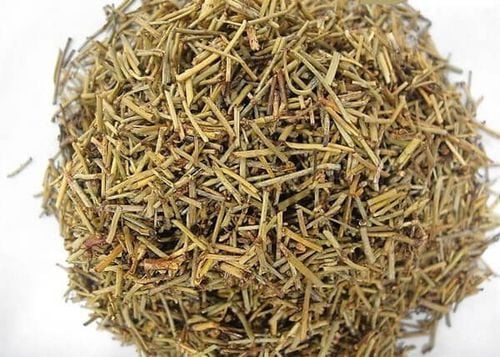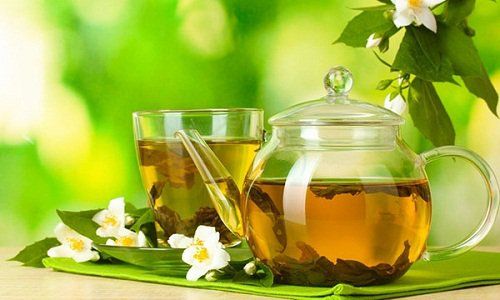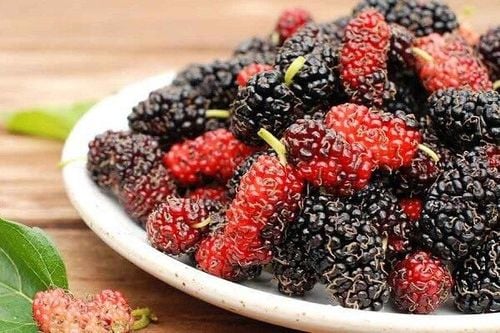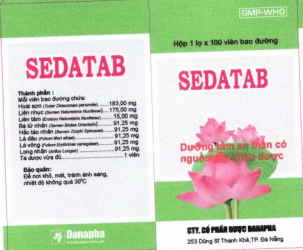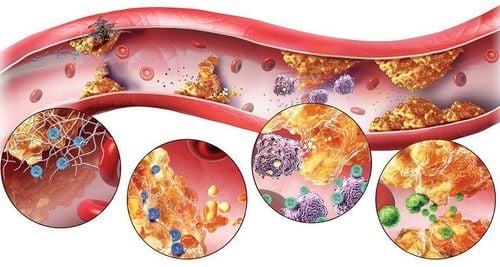This is an automatically translated article.
Brown gourd is a woody plant that often grows in the south of our country. According to folk medicine, the use of brown gourd is to support digestion, laxative effect, treat dysentery, diarrhea and liver diseases. Let's learn more about these effects in the article below.
1. Overview of the brown gourd plant
Brown gourd has the scientific name of Aegle marmelos, belongs to the Orange family (Rutaceae). Brown gourd is a woody tree, up to 15m high, with spear-shaped leaves, a hard nose that curves at the tip and has a curved edge. Brown gourd flowers are white, very fragrant and arranged in clusters in the leaf axils. The brown gourd is berry, globose (or ovoid) and green in color. The brown skin of the gourd is smooth and hard, covered with a layer of sticky rice. The fruit is divided into 10-15 cells, each cell contains 6-10 oblong, flattened seeds with white hairs. The parts used for the brown gourd plant are the fruit, the bark and the brown leaves.
Brown gourd is a native plant of India and is found in many regions of the Himalayas, South India, Sri Lanka, Thailand, Bangladesh, Nepal, Vietnam, Laos, Cambodia,... In Vietnam, the gourd tree Brown is grown a lot in the southern provinces of our country. Brown gourd is usually grown on dry hillsides, at altitudes from 600 to 1000 m.
2. What is the chemical composition of brown gourd?
Brown gourd has a high tannin content, about 9% in the fruit pulp and 20% in the bark. The young stem bark contains coumarin at the rate of 0.03%, alkaloid 0.003% and umbelliferon. Old bark contains a lot of umbelliferon and coumarin, fragrine, marmesin,... The heartwood of brown gourd contains alkaloid feroquinolin, dictamin dihydro furocoumarin, marmesin and sitosterol. The main active ingredient in brown gourd is marmal osin, which is similar to imperatorin. The brown gourd also contains essential oils of d-α-phelandren and both alloimperatorin and β-sitosterol. In addition, the plant also contains tartaric acid, linoleic acid, tannins, phlobatannin, flavan-3-ols, leucoanthocyanins, anthocyanins and flavonoid glycosides.
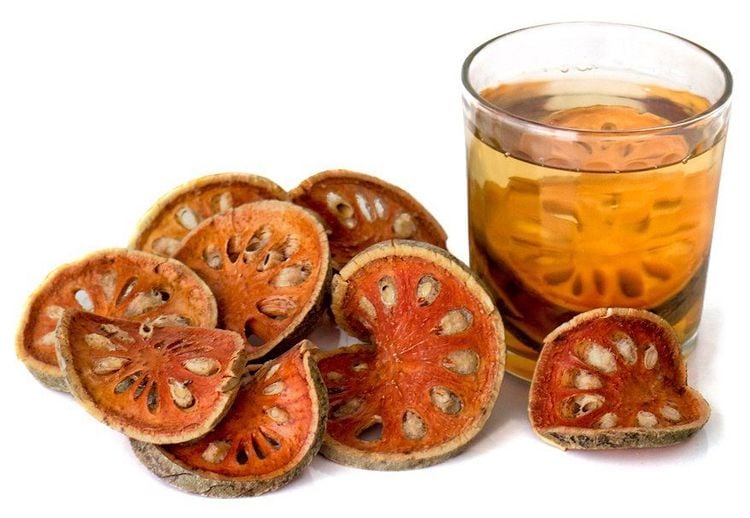
Cây bầu nâu có hàm lượng tanin cao.
3. What is the use of brown gourd?
In general, brown gourd has antibacterial, antiviral, antipyretic, anti-diarrheal, cancer treatment, ulcer healing, anti-toxic, diuretic. Brown gourd is also highly effective in supporting the treatment of digestive tract infections, helping to relieve indigestion, gastritis, irritable bowel syndrome, regulating the cardiovascular system and reducing stress.
The ripe brown gourd meat is fragrant, cool to eat, used to support the treatment of constipation, dysentery, tuberculosis and liver diseases. The green fruit of the brown gourd plant is often used to aid digestion and treat diarrhea. The flesh of the gourd can be eaten fresh or processed into syrup.
Young leaves can be used as a spice, but are slightly indigestible and can make it difficult for women to conceive. In addition, pregnant women also pay special attention not to eat young brown gourd leaves because it can cause miscarriage. In Southeast Asian countries such as India and Indonesia, brown gourd leaves are also used to treat malaria. You can also use it in combination with betel leaves and lemon to treat scabies and wounds. Leaves pounded, heated can be used as poultice to treat eye pain.
Above are some uses of brown gourd. Please follow the website: Vinmec.com regularly to update many other useful information.
Reference articles: hellobacsi.com, baolamhoangnguyen.com.vn, thuocdongduoc.vn, tracuuduoclieu.vn, suckhoedoisong.vn




